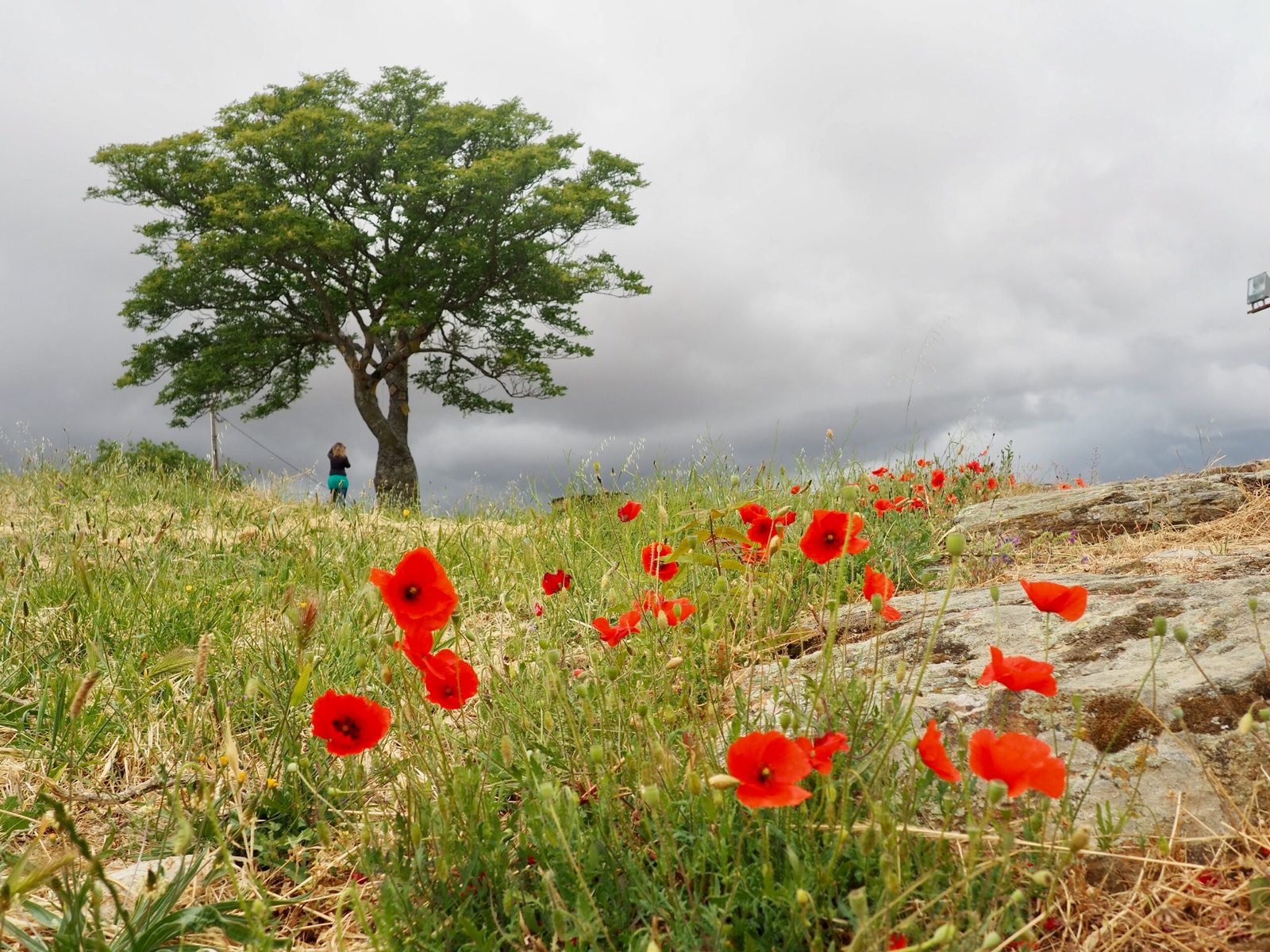
In today’s fast-paced world, travel often feels like a checklist — airports, itineraries, and social media snapshots. But slow travel invites us to do something revolutionary: to slow down.
It’s not just a style of travel; it’s a state of mind. Rooted in mindfulness and sustainability, slow travel encourages us to explore fewer places, stay longer, and immerse ourselves more deeply. It’s about connection — with nature, culture, and yourself.
The Origins of Slow Travel
The slow travel philosophy began with the slow living movement, which started in Italy in the 1980s when Carlo Petrini founded Slow Food as a reaction against fast food culture. The message was simple but powerful: choose quality, authenticity, and presence over speed and convenience.
Over time, this idea expanded beyond food to how we live — and travel. Today, slow travel is a key part of wellness travel and intentional living, offering a way to explore that’s gentler on the planet and kinder to your body and mind.
The Principles of Slow and Mindful Travel
Slow travel doesn’t mean traveling less; it means traveling better. It focuses on presence, sustainability, and self-care. Here are its core principles:
- Connection Over Consumption
Slow travelers value relationships — with locals, cultures, and the land — over the urge to “see it all.”
- Presence Over Productivity
You’re not checking off destinations. You’re soaking them in — tasting, watching, and feeling each moment fully.
- Sustainability and Respect
Eco-friendly choices define slow travel: fewer flights, longer stays, local foods, and family-run accommodations that uplift communities.
- Balance and Restoration
For wellness seekers, slow travel is a form of self-care. It allows your body and mind to reset, offering real rest instead of the exhaustion of fast-paced vacations.
Activities That Embody Slow Travel
Slow travel is about being intentional with how you move and what you experience. These activities perfectly align with mindful and sustainable travel:
- Stay longer in one place. Spend days or weeks in one town to truly feel its rhythm.
- Walk, hike, or cycle. It’s movement that nourishes both body and mind.
- Take the scenic route. Trains, buses, or road trips help you see life between destinations.
- Shop and eat local. Visit farmers’ markets, take cooking classes, or share meals with locals.
- Unplug intentionally. Practice mindfulness, meditate, journal, or simply watch life unfold.
- Choose wellness-focused stays. Eco-retreats, yoga lodges, and nature-based stays are perfect for restorative travel.
The Wellness Benefits of Slow Travel
The wellness benefits of slow travel go beyond relaxation — they create lasting inner balance:
- Reduced stress: With fewer flights and less rushing, your nervous system finally relaxes.
- Better sleep and digestion: A steady rhythm helps your body find its natural flow again.
- Mindful awareness: You begin to notice the small joys — textures, scents, laughter, light.
- Emotional reset: Nature, community, and reflection bring you back to gratitude and purpose.
Slow travel is, in essence, wellness in motion — travel that heals rather than drains.
Why Slow Travel Matters Now
As more people embrace mindfulness and conscious living, wellness travel is evolving. It’s no longer about luxurious spa resorts — it’s about presence, sustainability, and intentional living on the move. Slow travel aligns beautifully with these values, allowing us to live slower, travel lighter, and connect deeper. It turns every journey into a personal renewal — an opportunity to recharge your spirit while treading gently on the planet.
The Heart of Slow Travel
Ultimately, slow travel reminds us that wellness isn’t found in faraway places — it’s found in how we experience them. It’s the quiet breakfast overlooking a local market, the conversation with a stranger, the rhythm of footsteps through an old town, the stillness of a mountain sunrise. When we slow down, we see the world — and ourselves — with more compassion and clarity.
So next time you travel, don’t just plan a trip. Plan an experience. Let slow travel become your path to wellness, presence, and peace.


